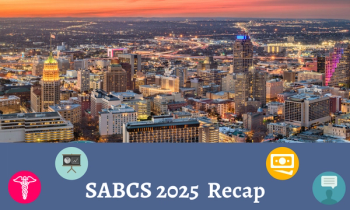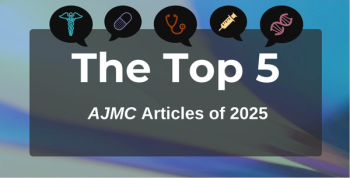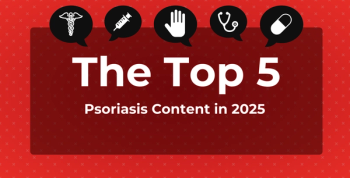
Why Crowdsourcing for Value in Healthcare Makes Sense
IVI seeks comment on its new NSCLC model through April 1, 2019.
This article was authored by Mark Linthicum, MPP, director of scientific communications at Innovation and Value Initiative
The adoption of value-based payments continues to grow, albeit slowly. About half of 150 healthcare executives who responded to a recent
Value-based healthcare is predicated on collaboration. Sharing of data, methods, pathways and perspectives among different stakeholders is paramount if the transition to value-based care is to be fully realized.
But does value mean the same thing to a patient and an insurer? A physician? An employer? Each of the stakeholders affected by value-based care has a unique perspective on what actually constitutes value. For value-based healthcare to succeed, all these perspectives must be honored and included.
Instead of relying solely on legacy methods to measure value, a process for all stakeholder perspectives to be heard and addressed is needed. But until now, there hasn’t been a transparent process for doing so, leaving decision makers who measure value from payer, employer, patient and manufacturer perspectives relegated to their separate camps.
That’s why the Innovation and Value Initiative launched the Open-Source Value Platform (OSVP). The OSVP uses a transparent and open-source process to develop methods and tools to estimate the value of medical technologies in a way that is patient-centric, allows for a broad range of perspectives, incorporates the latest available evidence and considers the full range of scientifically defensible approaches.
The OSVP isn’t intended to be single framework for measuring value. Rather, it’s a platform and process to build trust and collaboration with the goal of finding common ground and improved approaches that unlock value for the ultimate consumer in healthcare: patients. We invite your participation.
Last month IVI launched its second disease-specific value assessment platform for measuring the relative value of sequential treatments for epidermal growth factor receptor positive non-squamous non-small cell lung cancer (NSCLC), which can be found on our
The public comment period for our new NSCLC model will remain open until April 1, 2019, and IVI highly encourages and welcomes comments, suggestions and critiques. Please take the time to
We think the only avenue to realize value--in outcomes, costs, quality and patient experience--is through transparency, collaboration and iteration. We hope by commenting on the NSCLC model, you’ll join us taking an important step on the value journey.
Newsletter
Stay ahead of policy, cost, and value—subscribe to AJMC for expert insights at the intersection of clinical care and health economics.








































